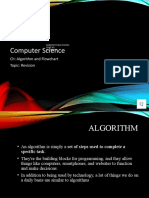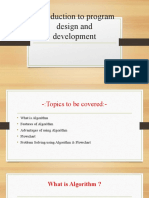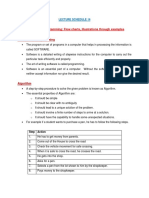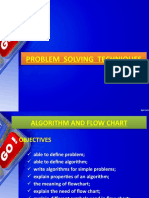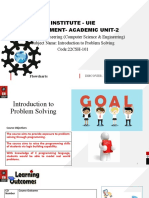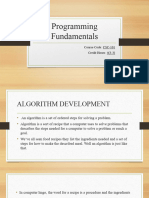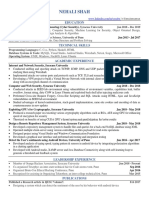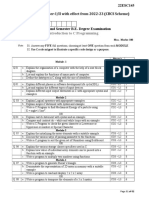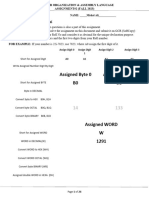0% found this document useful (0 votes)
14 views3 pagesSimple Algorithm For The Word Processor
The document outlines a simple algorithm for a word processor, detailing steps for setting up the page, applying text styles, and saving the text as a file. It emphasizes the benefits of a structured approach to system development, highlighting improved efficiency, maintainability, and collaboration through algorithmic design and flowchart visualization. The example illustrates how these concepts enhance the functionality and scalability of the word processing system.
Uploaded by
Ehiogie IdemudiaCopyright
© © All Rights Reserved
We take content rights seriously. If you suspect this is your content, claim it here.
Available Formats
Download as DOCX, PDF, TXT or read online on Scribd
0% found this document useful (0 votes)
14 views3 pagesSimple Algorithm For The Word Processor
The document outlines a simple algorithm for a word processor, detailing steps for setting up the page, applying text styles, and saving the text as a file. It emphasizes the benefits of a structured approach to system development, highlighting improved efficiency, maintainability, and collaboration through algorithmic design and flowchart visualization. The example illustrates how these concepts enhance the functionality and scalability of the word processing system.
Uploaded by
Ehiogie IdemudiaCopyright
© © All Rights Reserved
We take content rights seriously. If you suspect this is your content, claim it here.
Available Formats
Download as DOCX, PDF, TXT or read online on Scribd
/ 3

